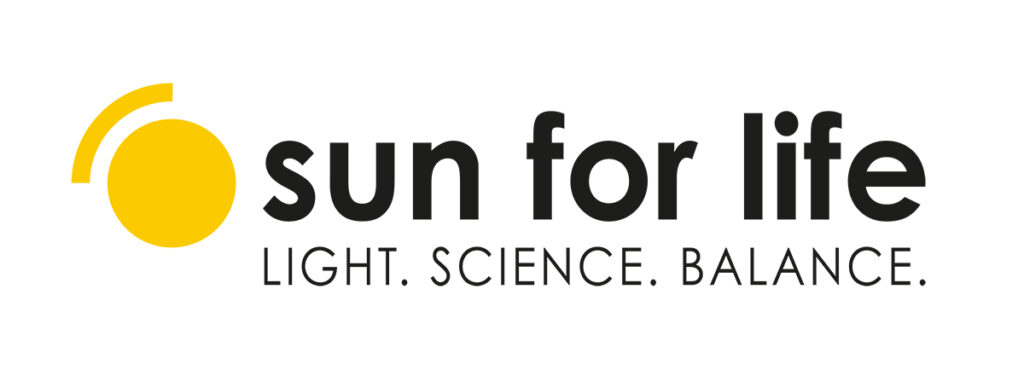Protecting your eyes in the tanning bed – here’s why it matters
The eyes are among the most sensitive organs to UV radiation – yet eye protection during tanning sessions is often overlooked.
While the skin usually responds quickly to excess sun, eye damage can develop silently – leading to pain, blurred vision, and even permanent conditions. In this article, we explore why eye protection in the tanning bed is not optional, but essential.
Invisible threat: UV and your eyes
When we think of UV radiation, we mostly think about skin – but our eyes are just as vulnerable, and even more exposed in a tanning bed. When lying horizontally, UV rays directly reach the eyeball. Radiation penetrates closed eyelids, and covering them with fabric doesn’t offer protection. Only certified protective goggles can effectively block UV radiation.
How does UV affect the eye?
Ultraviolet radiation reaches different structures of the eye:
- UVB (280–315 nm): absorbed by the cornea and lens – can cause burns and cataracts.
- UVA (315–400 nm): penetrates deeper, potentially damaging the retina and macula – responsible for sharp central vision.
UV penetration through the eyelids
Studies show that UVA can penetrate closed eyelids and reach the lens and retina. Proper protection must cover the entire eye surface – not just the eyelids.
Health consequences: what can happen?
1. Photokeratitis – corneal burn
An acute reaction to UVB. Symptoms: pain, burning, light sensitivity, temporary blurred vision. It often appears a few hours after exposure and resembles “snow blindness” seen in skiers.
Scientific evidence: A study published in the Journal of the American Optometric Association (1996) showed that 15 minutes of UV exposure in a tanning bed without eye protection can trigger photokeratitis – especially in people with light-colored irises.
2. Cataract
Long-term accumulation of UVB can damage lens proteins, causing clouding and vision distortion.
3. Eyelid and conjunctival cancers
UVB can induce mutations in epithelial cells. The most common: basal cell carcinoma of the eyelid – painless but invasive. In severe cases, squamous cell carcinoma of the conjunctiva may develop.
4. Macular degeneration (AMD)
UVA can penetrate to the retina, leading to oxidative stress and degradation of macular cells. AMD is a leading cause of blindness in developed countries.
What do the regulations say?
- In the European Union, every tanning device must be made available with UV protective goggles.
- No goggles = no tanning – in line with national safety guidelines.
- Reusable goggles must be disinfected after each session; otherwise, they may transmit infections (e.g. conjunctivitis).
What kind of goggles are suitable?
Tanning requires special goggles with UV400 certification, which block 99.9% of UVB & 99% of UVA. Must be compliant with EN 60335-2-27 and FDA 21 CFR 1040.20 standards.
Safety tips to remember:
- Always wear protective goggles – even during short sessions,
- Ask for a disinfected or a new pair,
- Never just close your eyes or cover them with a towel,
- Check for CE and UV400 markings on the goggles,
Consider purchasing your own personal pair of protective goggles.
The role of the salon: education, hygiene and responsibility
Every tanning salon should:
– Provide goggles for every session,
– Educate clients on the importance of eye protection,
– Maintain hygiene of all accessories (UV or alcohol-based cleaners),
– Display clear usage instructions and client responsibilities.
You only have one pair of eyes
Safe tanning means conscious tanning – and that includes protecting your vision.
Remember: the effects of excessive UV exposure may show up years later – and by then, it might be too late to reverse the damage.
Take care of your eyes – their health is not just about seeing. It’s about light, colour, safety, and quality of life.

